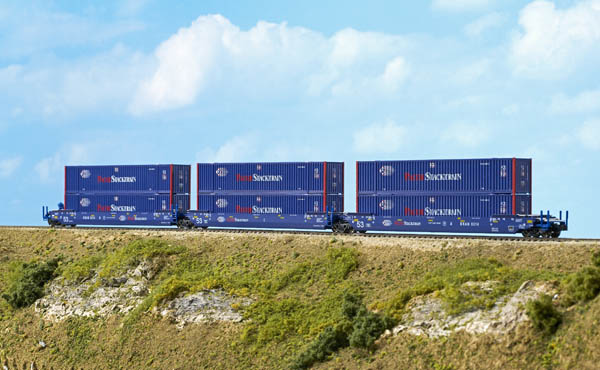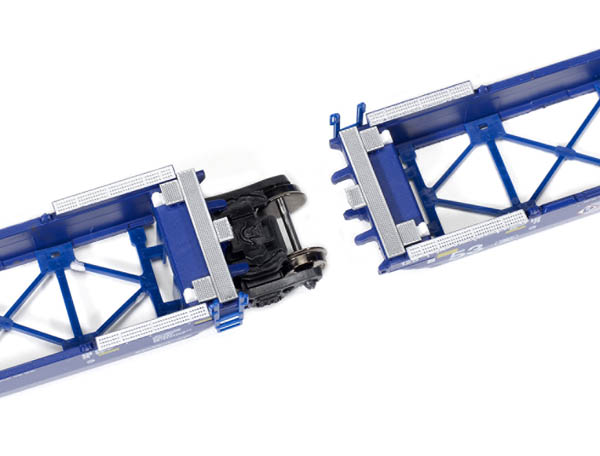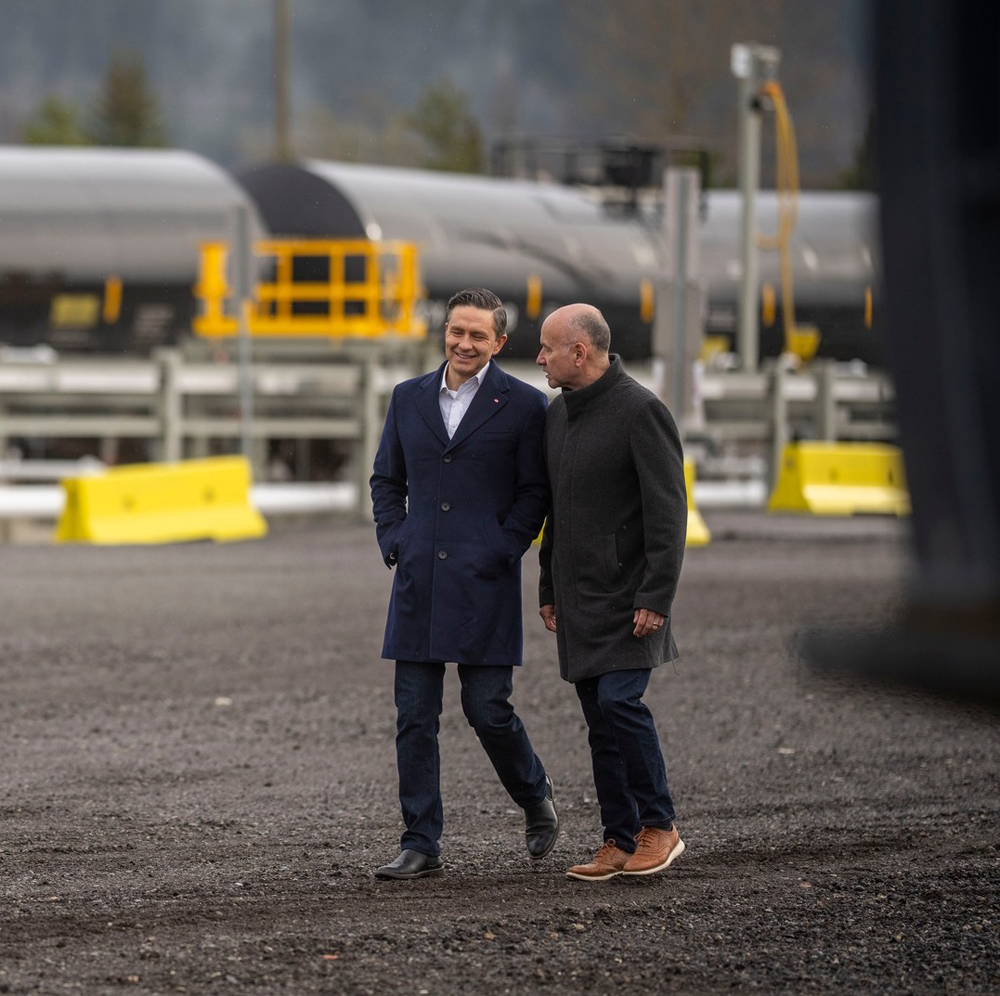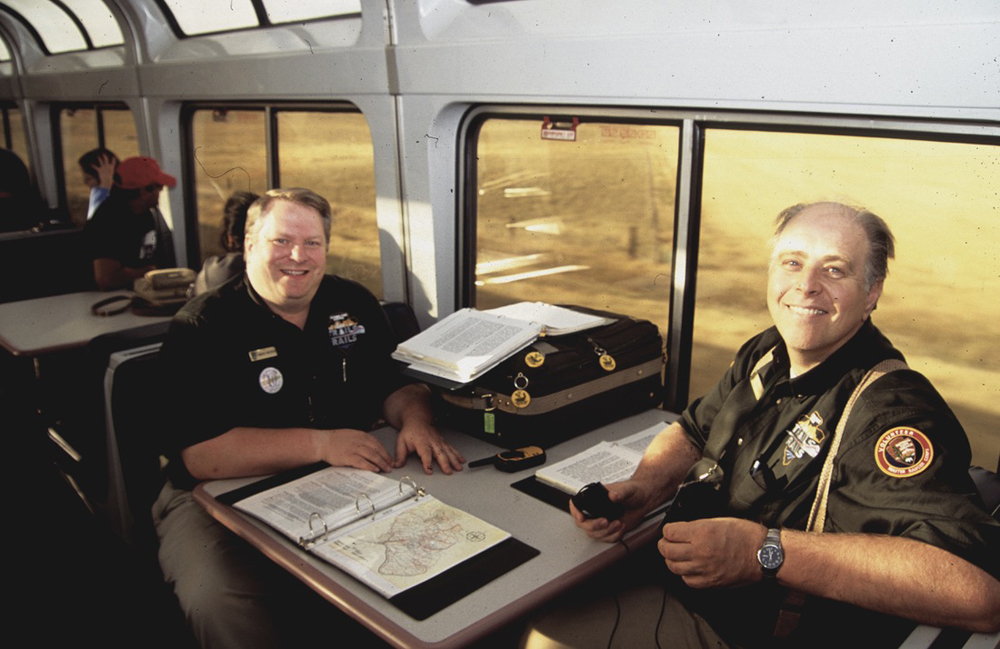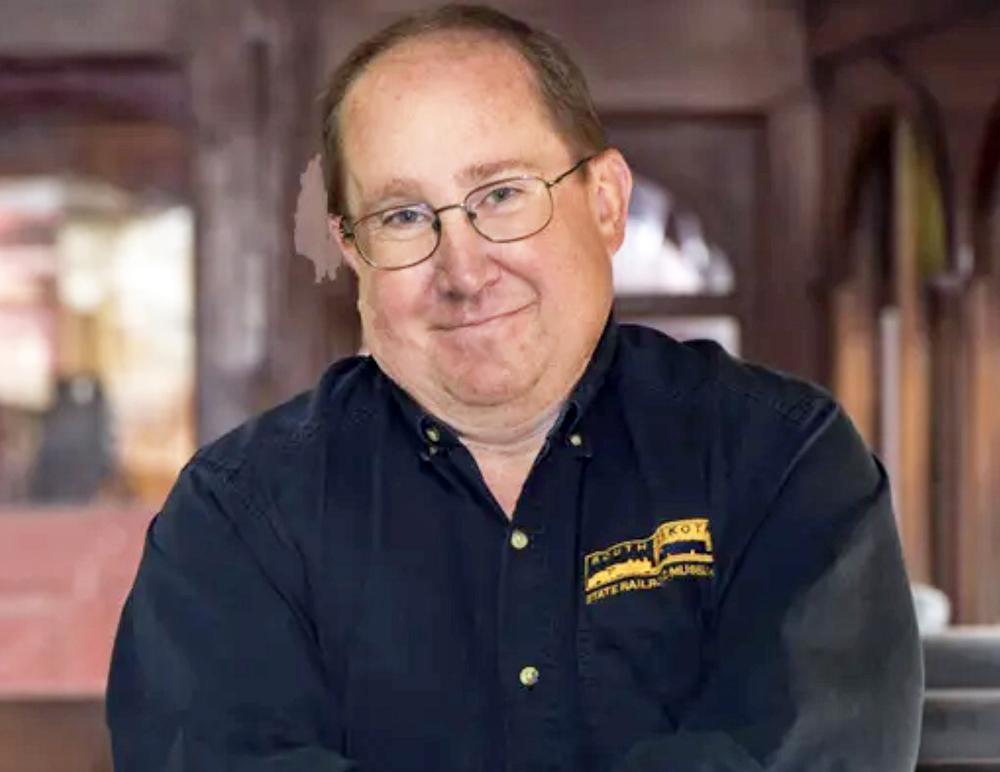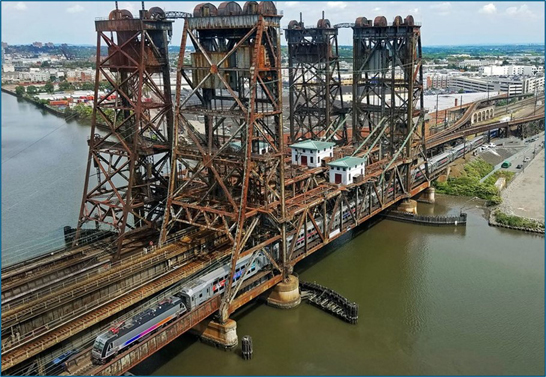A big car for big containers. The 53-foot intermodal container became the industry standard for domestic transportation in the 1990s, as it had a larger capacity than its predecessors. Since most of the earlier well cars were designed to transport 20- to 48-foot containers, railroads needed bigger well cars. Enter the Gunderson Maxi-Stack IV.
The weight of the containers is carried by the side sills. The floor bracing controls the lateral motion of each unit. Containers between 20 and 53 feet long can fit into each well, and a 40- to 57-foot container can ride on top.
The Kato model has metal sills and separate plastic floor bracing. With the containers, the three-unit articulated car weighs 3.7 ounces. When empty, the car weighs 1.7 ounces. The car, both empty and loaded, is free-rolling and tracked well on our N scale Carolina Central project layout. It negotiated 93/4″ curves and no. 4 turnouts.
The car uses 70-ton end trucks with scale 33″ metal wheelsets and 125-ton intermediate trucks with scale 38″ wheelsets like the prototype. All of the wheelsets are mounted on metal axles.
Each unit has acetal plastic ladders with molded grab irons and plastic end platforms. The narrow section of platform on top of the sill is painted metal. The B end of the B unit has a brake stand, brake wheel, and freestanding piping.
An included printed sheet shows how to connect the units (this, and other information on the well car and containers, can be found on the Kato Web site). First, put the A unit on a straight piece of track. Then hold the C unit at a 45-degree angle to the A unit until the float pins seat in the guides on the intermediate truck. The center guide will then slide into a pocket on the truck. The C unit connects with the B unit in a similar fashion. Use the reverse procedure to disconnect the units.
The paint on our sample, lettered for Pacer Stacktrain, was smooth and even. For the most part, the lettering was crisp and opaque, except for small lettering that was illegible, even under magnification.
The Kato Maxi-Stack IV three-unit articulated well car is a solid model. A string of these modern cars would look impressive on an N scale layout.
Price: $75 to $89
Manufacturer
Kato USA Inc.
100 Remington Rd.
Schaumburg, IL 60173
www.katousa.com
Description: Ready-to-run plastic and metal freight car
Road names: Burlington Northern Santa Fe, Pacer Stacktrain, and TTX
33″ and 38″ wheelsets, in gauge
70- and 125-ton Kinematic trucks
Kato magnetic knuckle couplers, mounted at correct height
Separately applied brake detail on B unit
Six intermodal containers
Weight: With containers 3.7 ounces, without containers 1.7 ounces





